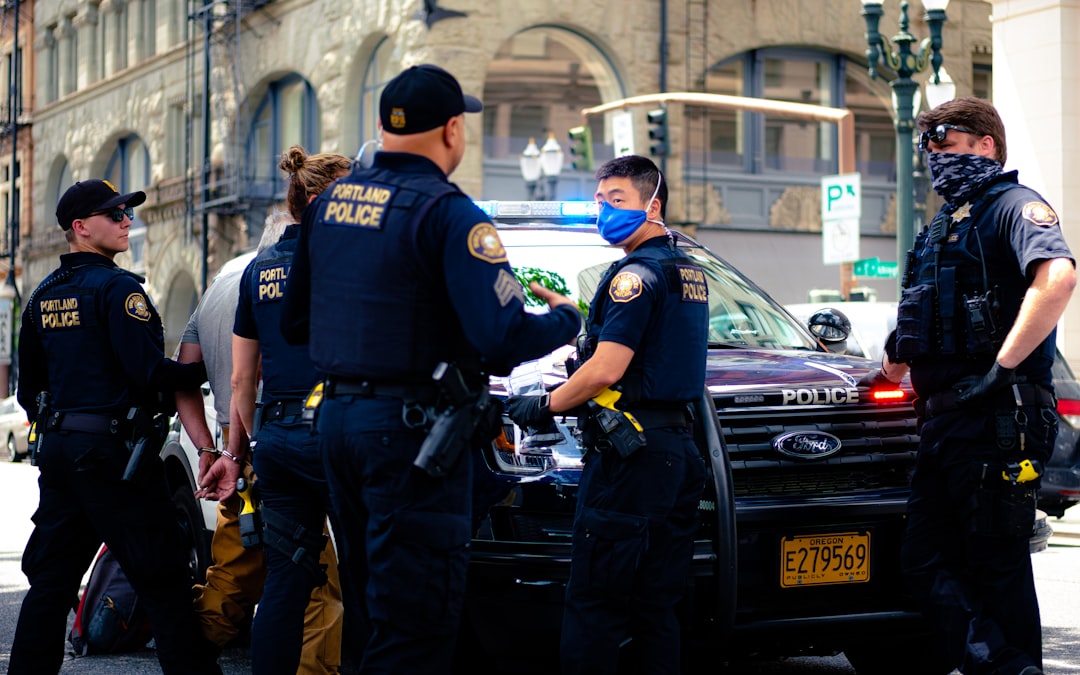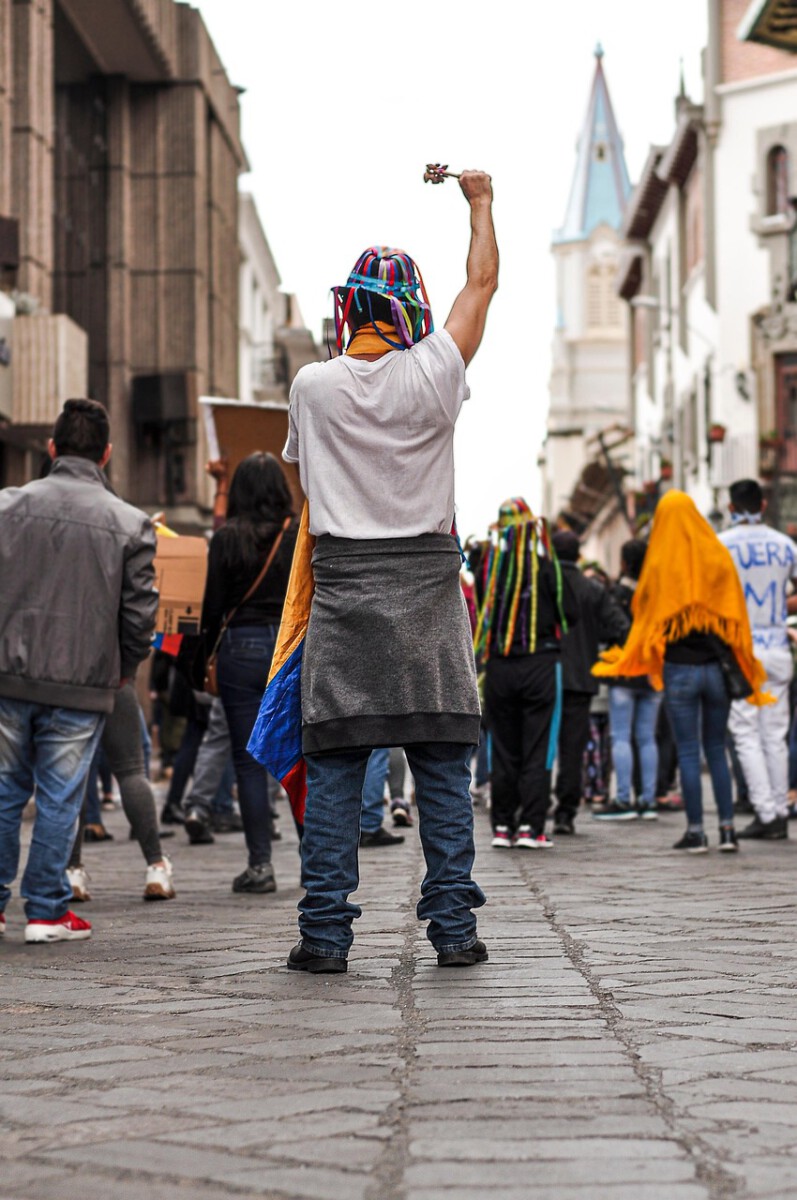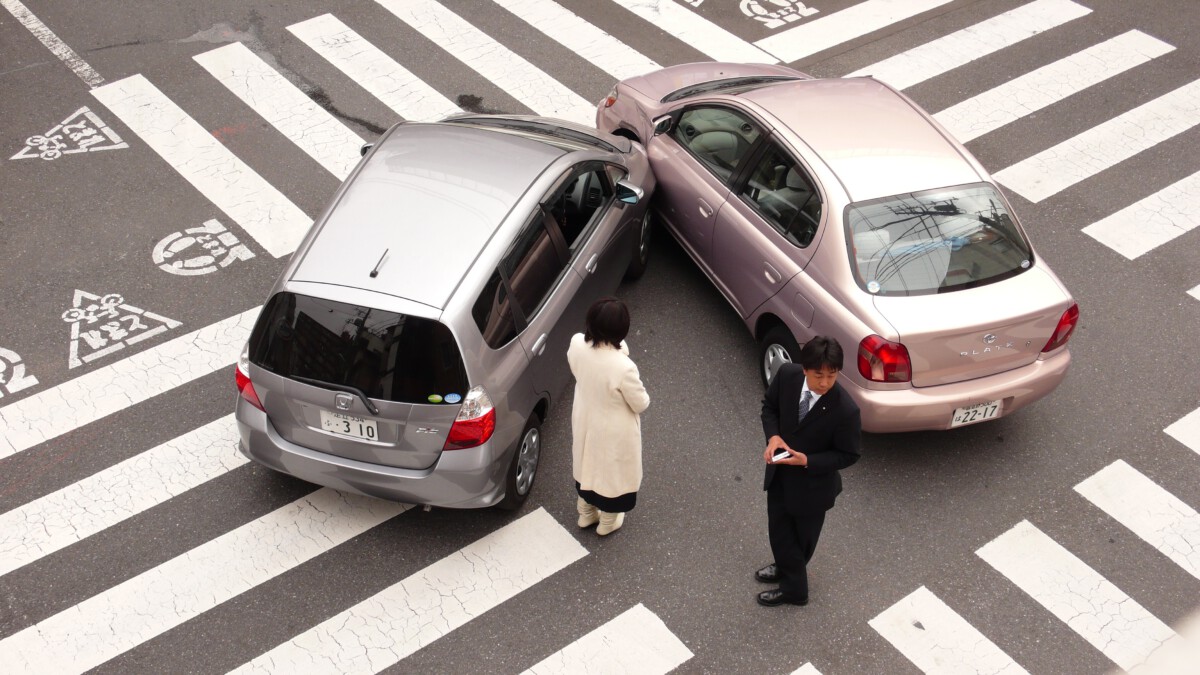Waking Up Without a Plan

Imagine the crisp air of dawn sneaking through your window in a city you barely know. No alarm, no checklist, just the distant sound of a bakery opening and the promise of a day untouched by any agenda. That’s exactly how I felt one rainy morning in Porto, Portugal—just me, the city, and zero pressure to accomplish anything. The scent of fresh bread drifted down the cobblestone street, and there was no rush to hit a landmark or snap a “must-have” photo. Instead, I wandered, following my nose and curiosity. My feet led me to a tiny café where an old man hummed as he served me espresso and a pastel de nata, and for the first time, travel felt deliciously free. That’s when I realized: I was done with bucket lists.
The Allure of Bucket Lists

Bucket lists have a dazzling appeal—they promise thrill, purpose, and a sense of accomplishment. It’s tempting to believe that seeing the Northern Lights or climbing Machu Picchu will somehow complete you. Instagram and travel blogs are full of “Top 10” lists, sparking dreams of ticking off every far-flung destination. But here’s the catch: the more I chased these lists, the more my adventures started to feel like homework. I noticed I was so busy plotting my next “big” activity that I missed the magic of small moments—a child’s laughter at a street market, the way afternoon light gilds a city square. Bucket lists can be motivating, but they can also turn travel into a race instead of a revelation.
The Pressure to Perform

Ever felt like you had to “make the most” of every trip? I sure did. With a bucket list in hand, every missed sight felt like a failure. I remember standing in line for hours to see a famous temple in Thailand, sweating and frustrated, only to realize I was too exhausted to appreciate it. The pressure to perform—to collect experiences like trophies—became overwhelming. Travel turned into a marathon of checkboxes instead of an adventure. That’s when I started leaving my list behind and letting the destination set the pace. Suddenly, I found more joy in wandering aimlessly, chatting with locals, and letting the day surprise me.
Embracing the Journey

Once I tossed the list, I discovered the thrill of the unknown. One night in Morocco, I got lost in the medina and ended up at a tiny rooftop restaurant where a family welcomed me like an old friend. That meal—spicy tagine, sticky dates, and mint tea—wasn’t on any itinerary. The laughter and stories we shared weren’t part of a plan, but they’re what I remember most. Letting go of the list means opening yourself to detours, delays, and delightful surprises. You start to value the journey as much as the destination, realizing that real adventure happens in the in-between moments.
The Beauty of Spontaneity

Some of my best travel memories started with a wrong turn. In Japan, I missed my train and ended up at a tiny festival where locals danced in the street, lanterns glowing, and laughter echoing off the rice fields. I didn’t understand a word, but I was swept up in the rhythm and welcomed into the celebration. Spontaneity isn’t just about being unplanned—it’s about being open. When you let go of strict plans, you create space for the universe to surprise you. Whether it’s joining a street parade in Mexico or stumbling upon a hidden beach in Greece, the best stories are rarely the ones you planned.
Finding Joy in the Present

Without a bucket list, you can actually be where you are. I remember sipping thick hot chocolate in a Parisian café as rain tapped the window, watching locals chat and laugh. I wasn’t thinking about the next museum or landmark—I was just there, soaking in every detail. When you slow down and focus on the present, colors seem brighter, flavors richer, and conversations deeper. Taking time to savor a city’s rhythm, smell the spices in the market, or listen to street musicians can turn ordinary moments into lasting memories.
Travel Hacks for the Unplanned

Traveling without a list doesn’t mean flying blind. I always pick up a few tricks to stay flexible and make the most of wherever I land. Downloading a translation app, carrying a reusable water bottle, and learning a couple of local phrases helps break the ice and opens doors to authentic experiences. I check out local bulletin boards or ask café owners for tips—they usually know the best spots off the tourist radar. Keeping an eye on public holidays or festivals can turn a regular day into something extraordinary. Packing light and staying open to last-minute changes are my go-to hacks for stress-free, spontaneous travel.
The Best Time to Visit

Knowing when to arrive can make all the difference. I try to avoid peak tourist seasons by traveling just before or after big holidays—shoulder seasons offer better prices and fewer crowds. For example, visiting Kyoto in early April means cherry blossoms, but skipping the Golden Week madness. In Italy, September brings grape harvests and fewer tourists. Sometimes, I stumble onto a local festival or market purely by luck—those are the golden moments. Doing a little research about the best time to visit can set the stage for unexpected and unforgettable adventures.
Local Customs to Embrace

Every place has its own rhythm and rules, and diving in headfirst is half the fun. In Morocco, I learned to greet vendors with a smile and a “Salam alaikum,” which always sparked a friendly conversation. In Spain, joining the late-night tapas crawl helped me understand the culture’s love of food and connection. Trying regional dishes—even the ones that seem strange at first—can lead to new favorites and stories to tell back home. Respecting local customs, whether it’s dressing modestly at temples or learning to bargain at markets, helps you blend in and connect more deeply with the community.
The Power of Connection

Traveling list-free has introduced me to people I’d never have met otherwise. Sharing stories with a fisherman on the Croatian coast or playing cards with kids in a Vietnamese village, I’ve realized that real travel is about connection. These moments of laughter, kindness, and shared humanity linger long after the trip ends. Without a rigid plan, it’s easier to say yes to invitations and let conversations flow naturally. Sometimes, those quick chats turn into lasting friendships, and you leave a little piece of your heart behind in every place you visit.







